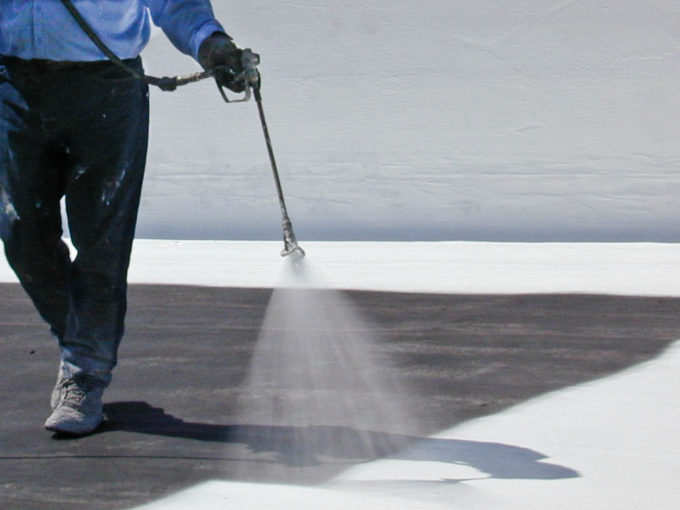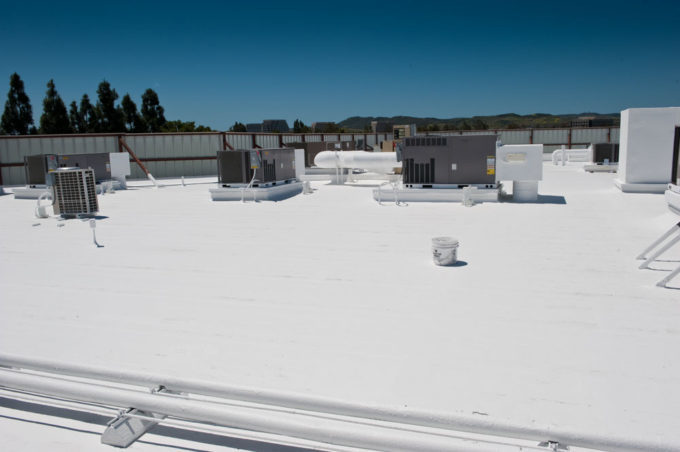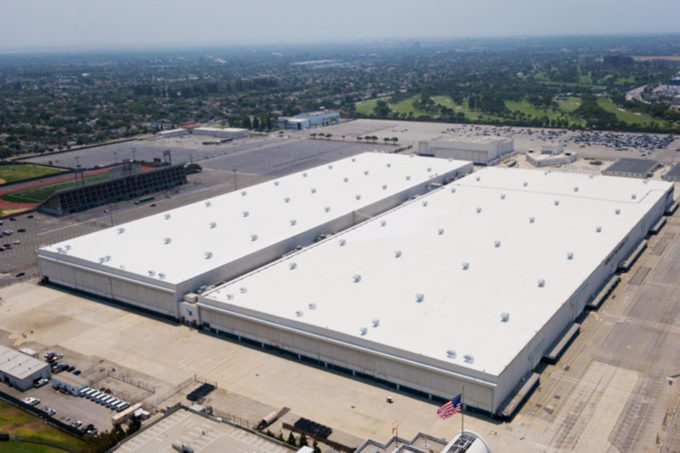
Why You Should Use a TPO Primer Under Your Roof System
Source : https://westerncolloid.com/farr-systems/
A roof system is complex. Along with insulation and cover board, you’ll find one or many plys that make up the roof itself. Many times, as that first roof ages and degrades, contractors will install a second roof over the first, rather than having the property owner take on the expense and inconvenience of tearing off the existing roof.
This approach—building a roof layer over the existing system—is an effective and common practice. But building owners, managers and contractors need to understand the complications that can arise if the new roof layer is not fully adhered to the original roof. Why? Because if it isn’t fully adhered to the compromised layer below, the building is at serious risk of water intrusion.
Mechanically attached second layers can create an insidious problem. If the new layer is damaged or wasn’t sealed properly, the water intrusion can get trapped between layers. This moisture isn’t usually immediately visible, and the room between the old and new system allows space for water to run. As a result, issues can occur for months without detection, leading to the potential for extensive water damage to enter the building structure.
Recovering Your TPO Roof

Source : https://westerncolloid.com/farr-systems/
Single-ply roof systems are popular choices for commercial roofs. They are lightweight, cost-effective and easy to install. As the name suggests, they involve sheets of flexible plastic or rubber-like material that are usually from 6-feet to 12-feet wide. They are seamed together and rolled out over the roof and adhered using mechanical fasteners, chemical adhesives or a ballast, like gravel.
Of the single-ply roof systems, the newest uses thermoplastic olefin or TPO. TPO roofing has evolved a lot since it was introduced in the 1990s. As a white roof covering, it offers energy efficiency benefits, reflecting sunlight and reducing the load on HVAC systems. It is also flexible and will expand and contract with the building, up to a point.
As it ages, though, TPO roofing becomes susceptible to the elements in the way all plastics do: It can shrink, warp and crack. When this happens, the roof system becomes susceptible to water, which can damage your building’s interior, leading to mold growth and indoor air quality issues.
Although a tear-off and replace of a TPO roof is more straightforward than for something like a Built-Up Roof (BUR) system, it’s still disruptive and expensive. If your TPO roof is still in a relatively good state and there’s no concern for structural damage beneath it, you may be able to extend its life using a roof coating system.
Applying Acrylic Roof Systems
An acrylic roof coating, as part of a Fluid Applied Reinforced Roof (FARR) System, is an effective way to extend the life of an existing TPO roof system. Like TPO, acrylic roofing goes on white, so you can continue to enjoy the energy efficiency benefits while salvaging your roof’s waterproofness.
An acrylic roof is typically applied in layers of acrylic coating and polyester fabric. Contractors will spray on the acrylic, then roll out the polyester, followed by more acrylic. The result is a watertight, seamless surface with built-in redundancy so that if the top layer is damaged, the additional acrylic coating will protect the building beneath. This method also ensures that the acrylic will perform well with ponding water.
Using a TPO Primer

Source : https://westerncolloid.com/project/boeing/
As discussed, when applying one roof system on top of an existing one, property managers and contractors need to be confident that the new layer is fully adhered to the old one, in order to protect the building envelope and interior.
If you’re applying an acrylic roof coating over a TPO roof system, you’ll want to use a TPO Primer before putting down your acrylic roofing system. The reason being, TPO roofs are hydrophobic or water-resistant and want to repel the acrylic coatings which are hydrophilic or waterborne: The TPO naturally resists adhesion to the acrylics. A bonding primer is specifically designed for maximum adhesion between the TPO roof and acrylic coatings.
Its advantage over a specially-formulated basecoat is that the primers are a single-purpose product. With a primer, adhesion is its only job. While a base coat is a multi-purpose product and has many added fillers that help it perform as part of the functioning roof system, the adhesion characteristics are essentially diluted in effectiveness.
To apply TPO primer, make sure the existing TPO roofing is cleaned of all debris, greases and staining. Washing is recommended. The TPO Primer can then either be brushed or rolled on, or sprayed on for larger areas. Brushes and spray equipment can be cleaned with water, as TPO Primer is fully water-soluble before it cures.
Once your TPO primer has been applied and allowed to dry, you’re ready to apply your FARR system, including the acrylic coating. By using the primer, the roof system will enjoy superior adhesion, and keep your building protected for years to come.
Western Colloid offers the highest-quality TPO primer, as well as top-of-class acrylic roof coatings. For more information on which primer will work best with your existing roof system, visit our website. And to see case studies on how to successfully apply a roof coating to your existing roof system, check our project profiles.


